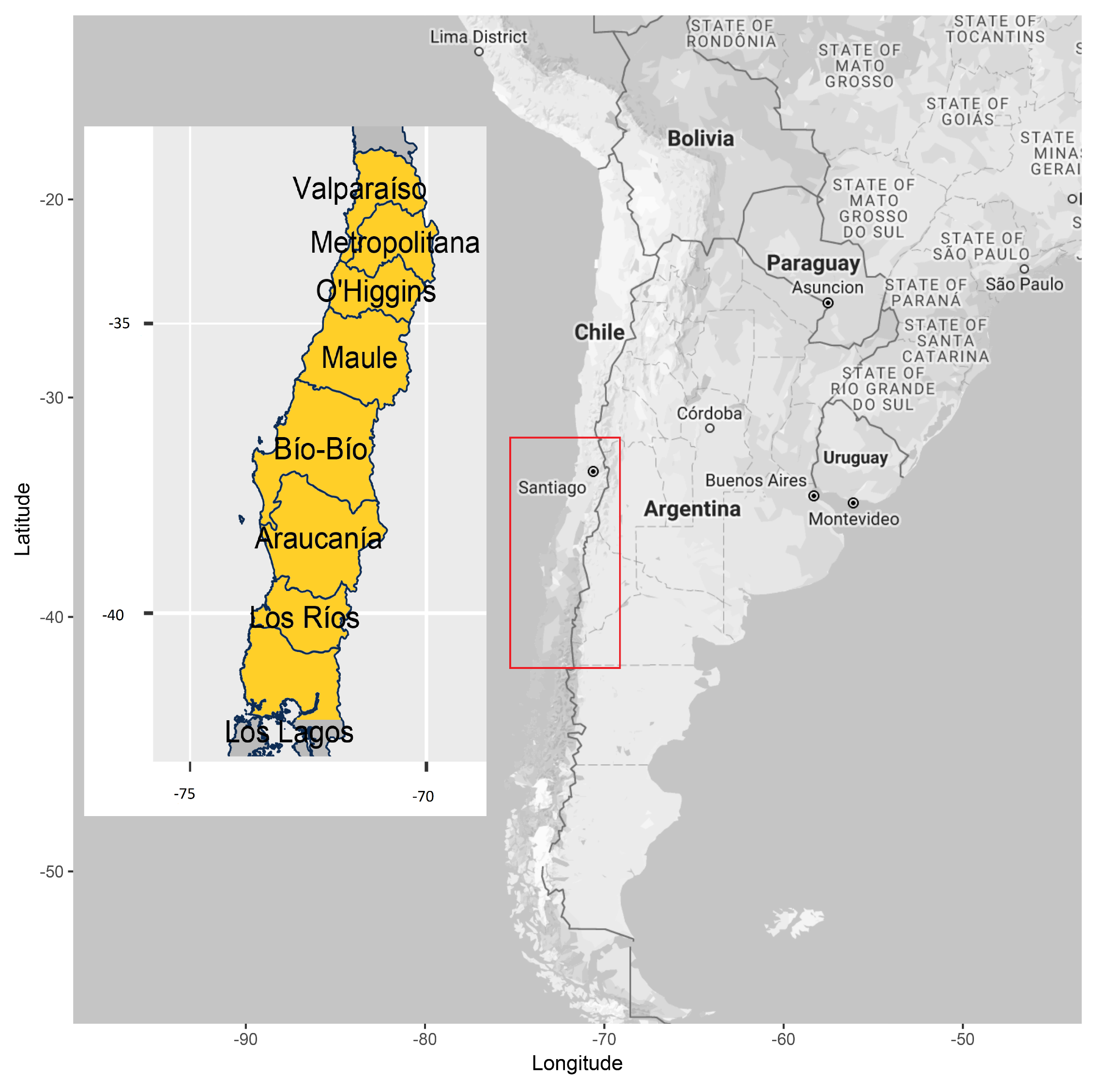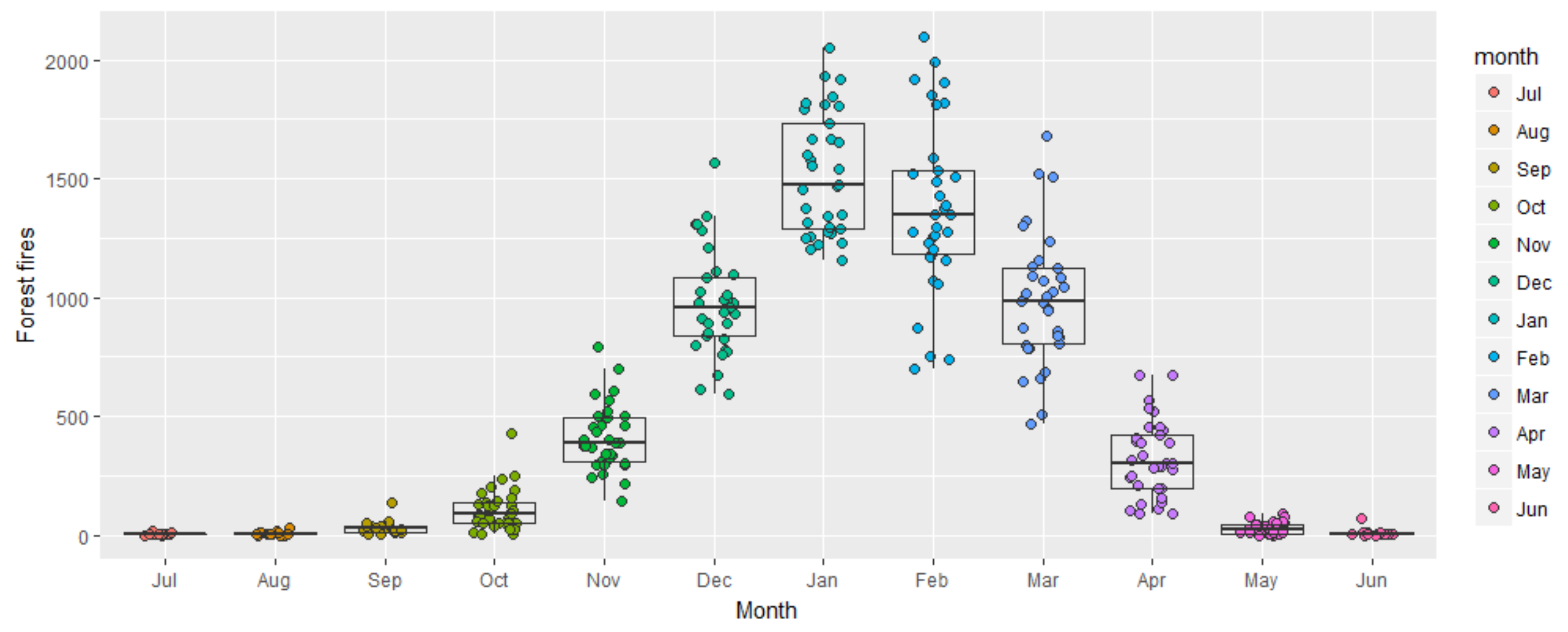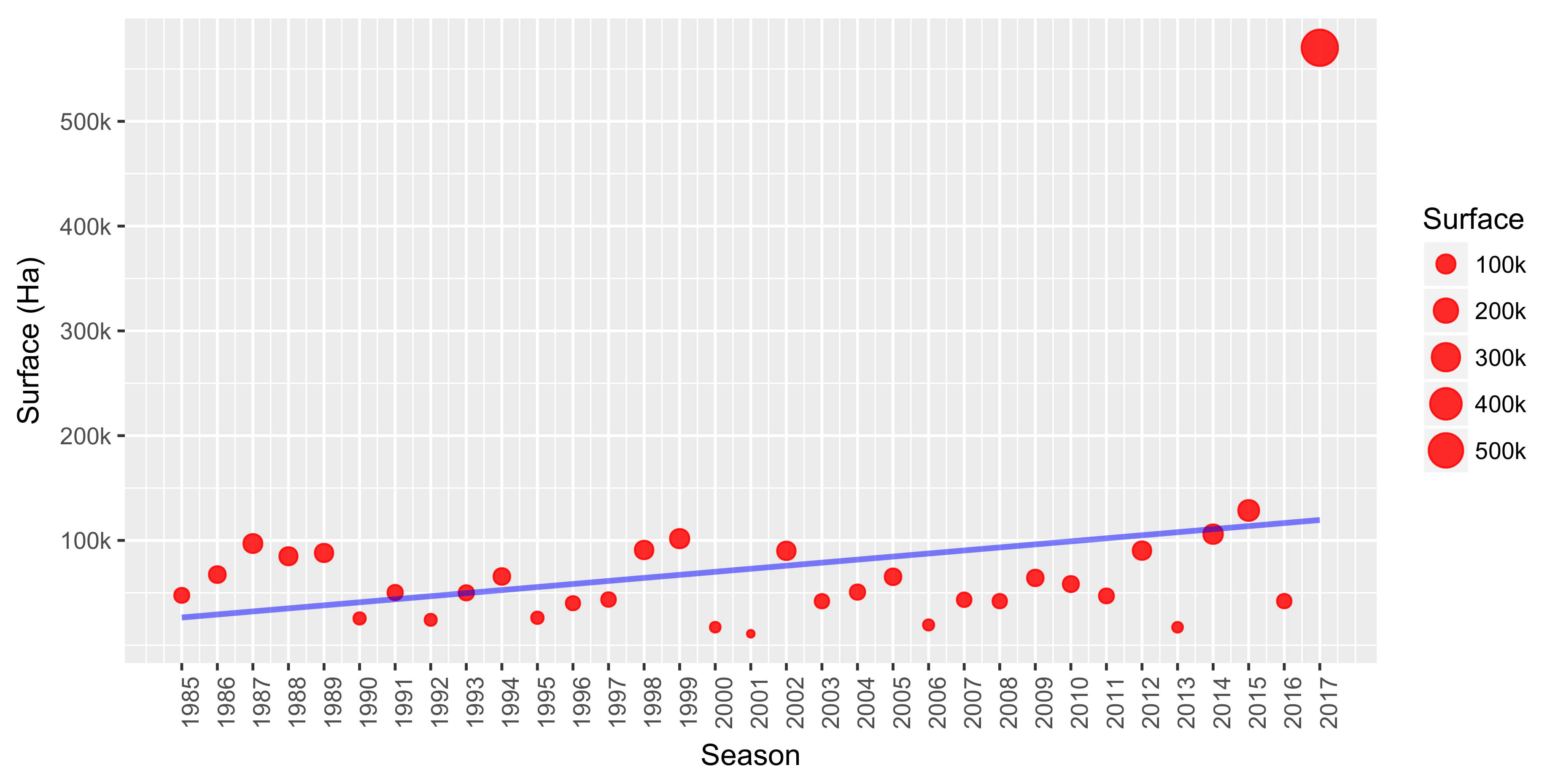Ecological Impact of Forest Fires and Subsequent Restoration in Chile
Abstract
:1. Introduction
2. Forest Fires Factors
3. Consequences of Forest Fires
4. Restoration Strategies
4.1. Environmental Policies
4.2. Ecological Restoration
- Planning. Restoration processes are conceived and vary depending on length and duration of conditions, opportunities and current limitations [24]. This should involve the shared structure, species and the establishment of ecological processes to recover soils and species [3]. This stage begins by defining existing problems to then establish benchmarks with the help of scientists and technicians from the natural or social sciences, politics or technology.
- Implementation. Once the causes of a disaster are analyzed, detection of biotic and abiotic factors for the integration of new communities begins. This involves conducting studies on soil, topography, hydrology, nearby plant communities, potential disturbances, and climate and microclimate [25]. After species determination, analysis of the most suitable restoration mechanisms should follow. The introduction of species in the form of seed is the most common due to being economical and easy to distribute. However, seeds also tend to be depleted and require certain conditions for germination [8]. On the other hand, although the use of seedlings is more expensive, they also recuperate more quickly. Ideally, both strategies could be implemented. Sources of information include ecological descriptions, site maps, list of species, historical and current photographs, biological studies and paleoecology [26].For the case of fire-independent ecosystems (resilience), where under natural conditions fires occur with low frequency, fires become a problem to the degree they alter the ecosystem. Such alterations may relate to changing land use, climate change or invasion of alien species, which forms the foundation of this study.
- Monitoring. This stage commences after performance evaluations and monthly inspections. These assessments can be evaluated along three strategies: trajectory analysis, analysis of attributes, and direct comparison. Trajectory analysis is used to interpret and compare data, and chart regularly collected data of the site to establish trends and determine whether restoration is on track [27]. According to analysis of attributes, achievements should be judged based on quantitative data from a scheduled monitoring. Finally, in direct comparison reference parameters according to restoration sites are determined.
5. Conclusions
Acknowledgments
Author Contributions
Conflicts of Interest
References
- Rubio, M.A.; Lissi, E.; Gramsch, E.; Garreaud, R.D. Effect of Nearby Forest Fires on Ground Level Ozone Concentrations in Santiago, Chile. Atmosphere 2015, 6, 1926–1938. [Google Scholar] [CrossRef]
- Alloza, J.A.; García, S.; Gimeno, T.; Baeza, M.J.; Vallejo, V.R. Guía Técnica Para la Gestión de Montes Quemados; Ministerio de Agricultura, Alimentación y Medio Ambiente: Madrid, Spain, 2014. [Google Scholar]
- Fernández, I.; Morales, N.; Olivares, L.; Salvatierra, J.; Gómez, M.; Montenegro, G. Restauración Ecológica Para Ecosistemas Nativos Afectados Por Incendios Forestales; Pontificia Universidad Catolica de Chile: Santiago, Chile, 2010; p. 149. [Google Scholar]
- Kitzes, J.; Galli, A.; Bagliani, M.; Barrett, J.; Dige, G.; Ede, S.; Erb, K.; Giljum, S.; Haberl, H.; Hails, C.; et al. A research agenda for improving national Ecological Footprint accounts. Ecol. Econ. 2009, 68, 1991–2007. [Google Scholar] [CrossRef]
- Muñoz, R.V. El peligro de incendios forestales derivado de la sequía. Cuadernos de la Sociedad Española de Ciencias Forestales 1995, 2, 99–109. [Google Scholar]
- Camarero, J.J.; Rozas, V. Técnicas de análisis espacial de patrones de superficies y detección de fronteras aplicadas en ecología forestal. Investig. Agrar. Sist. Recur. For. 2006, 15, 66–87. [Google Scholar] [CrossRef]
- CONAF. Corporación Nacional Forestal; Ministerio de Agricultura, Gobierno de Chile: Santiago, Chile, 2017. [Google Scholar]
- Castillo, M.; Garfias, S.; Julio, G.; González, L. Análisis de grandes incendios forestales en la vegetación nativa de Chile. Interciencia 2012, 37, 796–803. [Google Scholar]
- Haltenhoff, H. Los Grandes Incendios Forestales en Chile 1985–2009; Corporación Nacional Forestal: Santiago, Chile, 2010; p. 539. [Google Scholar]
- Quintanilla, P.V. Estado de recuperación del bosque nativo en una cuenca nordpatagónica de Chile, perturbada por grandes fuegos acaecidos 50 años atrás (44∘–45∘ S). Revista de geografía Norte Grande 2008, 39, 73–92. [Google Scholar] [CrossRef]
- Hoyne, S.; Thomas, A. Forest Residues: Harvesting, Storage and Fuel Value; Coford: Dublin, UK, May 2001. [Google Scholar]
- Adams, M.A. Mega-fires, tipping points and ecosystem services: Managing forests and woodlands in an uncertain future. For. Ecol. Manag. 2013, 294, 250–261. [Google Scholar] [CrossRef]
- Castillo, M.; Pedernera, P.; Pena, E. Incendios forestales y medio ambiente: Una síntesis global. Rev. Ambient. Desarro. CIPMA 2003, 19, 44–53. [Google Scholar]
- Watts, A.C. Organic soil combustion in cypress swamps: Moisture effects and landscape implications for carbon release. For. Ecol. Manag. 2013, 294, 178–187. [Google Scholar] [CrossRef]
- Benyon, R.G.; Lane, P.N. Ground and satellite-based assessments of wet eucalypt forest survival and regeneration for predicting long-term hydrological responses to a large wildfire. For. Ecol. Manag. 2013, 294, 197–207. [Google Scholar] [CrossRef]
- Williams, J. Exploring the onset of high-impact mega-fires through a forest land management prism. For. Ecol. Manag. 2013, 294, 4–10. [Google Scholar] [CrossRef]
- Aide, T.M.; Zimmerman, J.K.; Pascarella, J.B.; Rivera, L.; Marcano-Vega, H. Forest Regeneration in a Chronosequence of Tropical Abandoned Pastures: Implications for Restoration Ecology. Restor. Ecol. 2000, 8, 328–338. [Google Scholar] [CrossRef]
- Moya, D.; Heras, J.; López-Serrano, F.; Ferrandis, P. Post-Fire Seedling Recruitment and Morpho- Ecophysiological Responses to Induced Drought and Salvage Logging in Pinus halepensis Mill. Stands. Forests 2015, 6, 1858–1877. [Google Scholar] [CrossRef]
- Hardy, C.; Arno, S. The Use of Fire in Forest Restoration; Gen. Tech. Rep. INT-GTR-341; US Department of Agriculture, Forest Service, Intermountain Research Station: Ogden, UT, USA, 1996.
- CONAMA. Comisión Nacional del Medio Ambiente; Ministerio del Medio Ambiente, Gobierno de Chile: Santiago, Chile, 2009. [Google Scholar]
- Girardin, M.P.; Ali, A.A.; Carcaillet, C.; Gauthier, S.; Hély, C.; Le Goff, H.; Terrier, A.; Bergeron, Y. Fire in managed forests of eastern Canada: Risks and options. For. Ecol. Manag. 2013, 294, 238–249. [Google Scholar] [CrossRef]
- Oldeman, L. The Global Extent of Soil Degradation; Bi-Annual Report 1991-1992/ISRIC; Soil Resilience and Sustainable Landuse, CAB International: Wallingford, UK, 1994; pp. 19–36. [Google Scholar]
- Mataix Solera, J. Alteraciones Físicas, Químicas y Biológicas en Suelos Afectados Por Incendios Forestales: Contribución a su Conservación y Regeneración; Biblioteca Virtual Miguel de Cervantes: Alicante, Spain, 1999; p. 321. [Google Scholar]
- Julio-Alvear, G. Gestión en la protección contra los incendios forestales en América del Sur. In Memorias del Segundo Simposio Internacional Sobre Políticas, Planificación y Economía de los Programas de Protección Contra Incendios Forestales: Una Visión Global; United States Department of Agriculture: Córdoba, Spain, 2004; pp. 717–727. [Google Scholar]
- Montiel Molina, C. Incendios Forestales: Una Cuestión de Ordenación del Territorio; Universidad Complutense de Madrid: Madrid, Spain, 2012. [Google Scholar]
- Lucas-Borja, M.; Candel-Pérez, D.; Onkelinx, T.; Fule, P.; Moya, D.; de las Heras, J.; Tíscar, P. Seed Origin and Protection Are Important Factors Affecting Post-Fire Initial Recruitment in Pine Forest Areas. Forests 2017, 8, 185. [Google Scholar] [CrossRef]
- García-Jiménez, R.; Palmero-Iniesta, M.; Espelta, J.M. Contrasting effects of fire severity on the regeneration of pinus halepensis mill. And resprouter species in recently thinned thickets. Forests 2017, 8, 55. [Google Scholar] [CrossRef]
- Birot, Y.; Borgniet, L.; Camia, A.; Dupuy, J.L.; Fernandes, P.; Goldammer, J.G.; González-Olabarría, J.R.; Jappiot, M.; Lampin-Maillet, C.; Mavsar, R.; et al. Convivir Con Los Incendios Forestales: Lo Que Nos Revela la Ciencia; European Forest Inst.: Joensuu, Finland, 2009. [Google Scholar]
- Mancini, M.S.; Galli, A.; Niccolucci, V.; Lin, D.; Bastianoni, S.; Wackernagel, M.; Marchettini, N. Ecological footprint: refining the carbon footprint calculation. Ecol. Indic. 2016, 61, 390–403. [Google Scholar] [CrossRef]
- González, J.; Fernández, M.; Gimeno, G.P. Efecto de los Incendios Forestales Sobre el Suelo. Suelo y Planta 1992, 2, 72–79. [Google Scholar]
- Contreras-Reyes, J.; Idrovo, B. En busca de un modelo Benchmark Univariado para predecir la tasa de desempleo de Chile. Cuad. Econ. 2011, 30, 105–125. [Google Scholar]
- Carrasco, R.; Vargas, M.; Alfaro, M.; Soto, I.; Fuertes, I. Copper Metal Price Using Chaotic Time Series Forecating. IEEE Lat. Am. Trans. 2015, 13, 1961–1965. [Google Scholar] [CrossRef]
- Contreras-Reyes, J.E.; Canales, T.M.; Rojas, P.M. Influence of climate variability on anchovy reproductive timing off northern Chile. J. Mar. Syst. 2016, 164, 67–75. [Google Scholar] [CrossRef]
- Escobedo, F.J.; Palmas-Perez, S.; Dobbs, C.; Gezan, S.; Hernandez, J. Spatio-temporal changes in structure for a mediterranean urban forest: Santiago, Chile 2002 to 2014. Forests 2016, 7, 121. [Google Scholar] [CrossRef]





| Causes | % |
|---|---|
| 1. Accidental | 56.55% |
| 1.1. Transit of people, vehicles or aircraft | 31.14% |
| 1.2. Recreational activities | 7.65% |
| 1.3. Farming and livestock farms | 4.13% |
| 1.4. Forest labors | 4.05% |
| 1.5. Burning of waste | 3.87% |
| 1.6. Electrical accidents | 2.02% |
| 1.7. Other activities | 1.18% |
| 1.8. Preparation and or extraction of secondary forest products | 1.07% |
| 1.9. Activities extinction of forest fires, structural fires or other | 1.06% |
| 1.10. Operations on railways | 0.39% |
| 2. Intentional | 33.35% |
| 3. Unknown | 9.80% |
| 4. Natural | 0.31% |
| Total | 100.00% |
| Causes | Valparaíso | Metropolitana | O’Higgins | Maule | Bíobío | Araucanía | Los Ríos | Los Lagos |
|---|---|---|---|---|---|---|---|---|
| Accidental | 75.74 | 84.13 | 83.60 | 83.15 | 38.02 | 46.32 | 77.38 | 85.33 |
| Intentional | 22.53 | 15.27 | 12.99 | 12.31 | 43.74 | 48.29 | 12.56 | 4.15 |
| Unknown | 1.66 | 0.54 | 3.25 | 4.11 | 17.94 | 4.80 | 9.79 | 10.15 |
| Natural | 0.07 | 0.06 | 0.15 | 0.44 | 0.31 | 0.59 | 0.27 | 0.37 |
| Total | 100.00 | 100.00 | 100.00 | 100.00 | 100.00 | 100.00 | 100.00 | 100.00 |
© 2018 by the authors. Licensee MDPI, Basel, Switzerland. This article is an open access article distributed under the terms and conditions of the Creative Commons Attribution (CC BY) license (http://creativecommons.org/licenses/by/4.0/).
Share and Cite
Valderrama, L.; Contreras-Reyes, J.E.; Carrasco, R. Ecological Impact of Forest Fires and Subsequent Restoration in Chile. Resources 2018, 7, 26. https://doi.org/10.3390/resources7020026
Valderrama L, Contreras-Reyes JE, Carrasco R. Ecological Impact of Forest Fires and Subsequent Restoration in Chile. Resources. 2018; 7(2):26. https://doi.org/10.3390/resources7020026
Chicago/Turabian StyleValderrama, Luz, Javier E. Contreras-Reyes, and Raúl Carrasco. 2018. "Ecological Impact of Forest Fires and Subsequent Restoration in Chile" Resources 7, no. 2: 26. https://doi.org/10.3390/resources7020026







